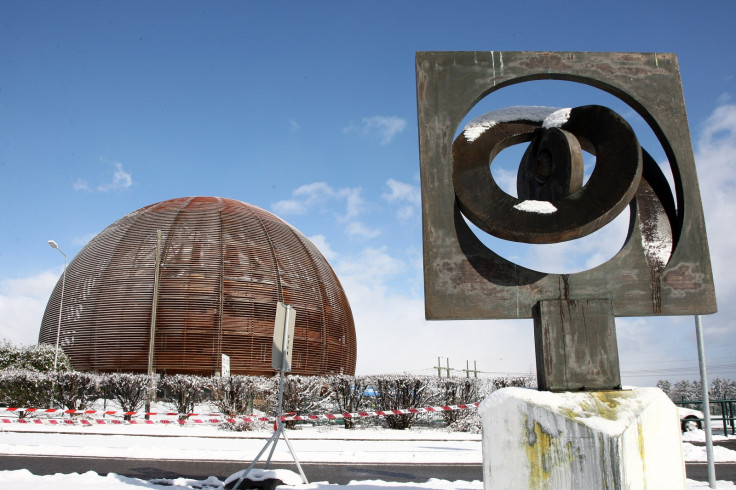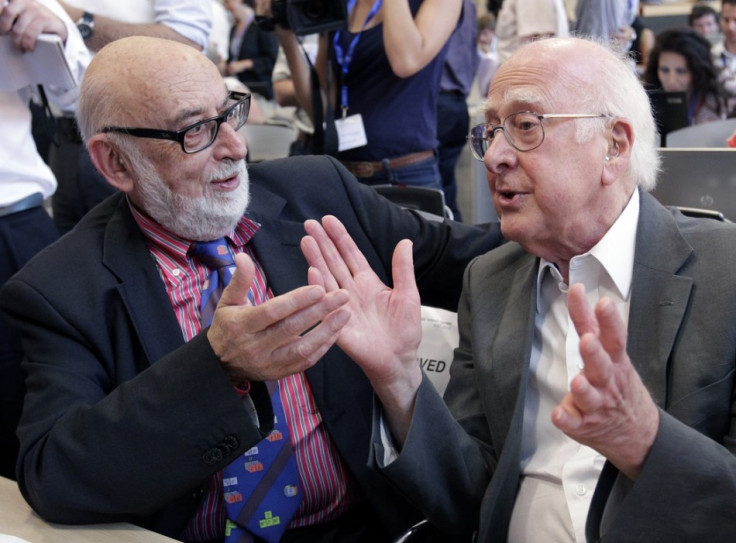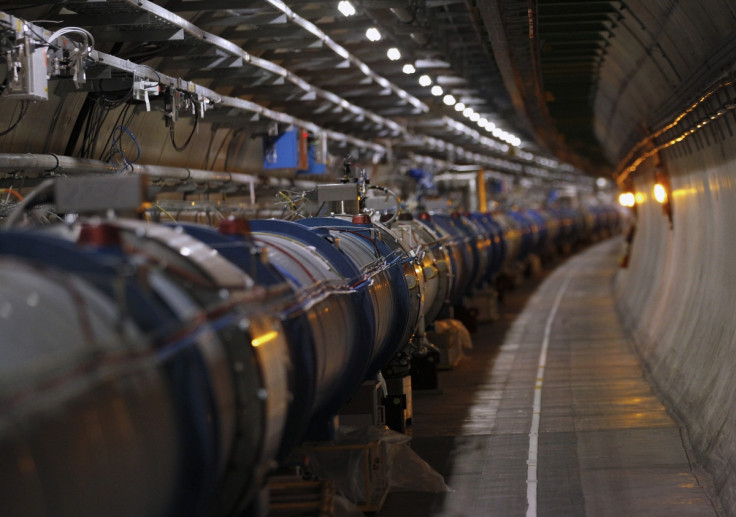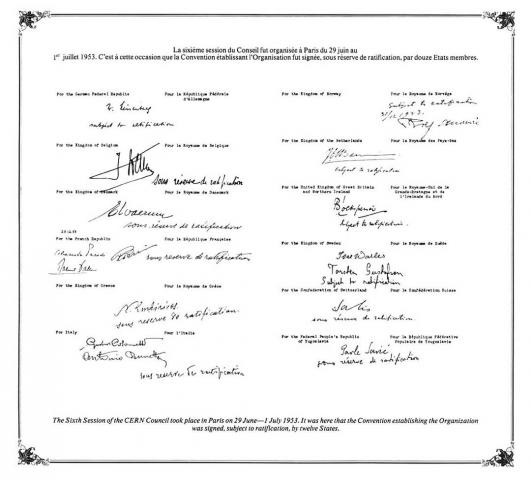Cern 60th Anniversary: History and Facts About the World's Biggest Particle Physics Laboratory

The European Organisation for Nuclear Research (Cern) has marked its 60<sup>th anniversary, having been founded on 29 September, 1954.
Cern was first proposed by French physicist Louis de Broglie, who suggested the creation of a European laboratory at the European Cultural Conference in December 1949.
After WWII, Europe was no longer a world leader in science, and a group of scientists imagined creating a European atomic physics laboratory, following the lead of other international organisations.
In June 1950, American physicist Isidor Rabi appeared at the fifth Unesco General Conference, where he said the organisation should "assist and encourage the formation of regional research laboratories in order to increase international scientific collaboration."

The following year, at a Unesco meeting in Paris, the first resolution regarding the establishment of a European Council for Nuclear Research was adopted and within two months, 11 countries had agreed to establish the provisional council for what would be Cern.
Geneva was chosen as the site for the Cern laboratory in 1952, with a rural area of Meyrin selected for what would become the world's biggest particle physics laboratory. The ground breaking ceremony took place in March 1954.
Over the next 60 years, Cern scientists undertook pioneering research into topics, including antimatter, the internet and the Higgs Boson 'God' particle.

Last year, Peter Higgs and Francois Englert won the Nobel prize for physics for predicting the existence of the Higgs boson. They first proposed the theory independently of one another in 1964 and their ideas were later confirmed with the discovery of the Higgs particle at Cern.
Marking its 60th year, Agnieszka Zalewska, president of Cern Council, and Rolf Heuer, Cern director-general, said: "What made the origins of Cern so remarkable, and continues to make Cern remarkable today, is the extraordinary resonance between visionary scientists, diplomats and government representatives, all recognising science as a vehicle for peace.
"Sixty years after Cern's creation, there is still much conflict and intolerance in the world. In such a climate, institutions like Cern, islands of peace and stability, are more necessary than ever."

10 Facts about Cern
- Cern's first accelerator, the 600 MeV Synchrocyclotron, was built in 1957 and from 1964 was used to concentrate on nuclear physics alone. It was closed down after 33 years of service in 1990.
- The first proton collisions took place in 1971 with the Proton Synchrotron, providing a unique view of the world of particle physics that would eventually lead to the Large Hadron Collider. The first proton-antiproton collisions took place in 1981.

- The founding member states were Belgium, Denmark, France, the Federal Republic of Germany, Greece, Italy, the Netherlands, Norway, Sweden, Switzerland, UK and Yugoslavia.
- Cern is the birthplace of the World Wide Web. By the end of 1990 Tim Berners-Lee had sorted out the basic concepts and the world's first web page, http://info.cern.ch/hypertext/WWW/TheProject.html, went online on 20 December.
- The LHC was started up at 10.28am on 10 September, 2008. It has since been used to perform experiments to answer questions, such as what gives matter its mass and how matter evolved from the start of the universe's existence.

- Scientists got their first hit of the Higgs boson particle in 2011. The following year, experiments observing the particle were consistent with Higgs boson.
- The LHC is the world's largest collider particle accelerator, stretching 27km in length.
- One of Cern's biggest achievements is verifying the theory that explains why the sun shines – the weak force.
- Particle accelerators are used to dry paint on fizzy drink cans.
- Over 2,250 staff members are employed by Cern, but, at any one time, there can be up to 13,000 people on the site.
© Copyright IBTimes 2025. All rights reserved.






















